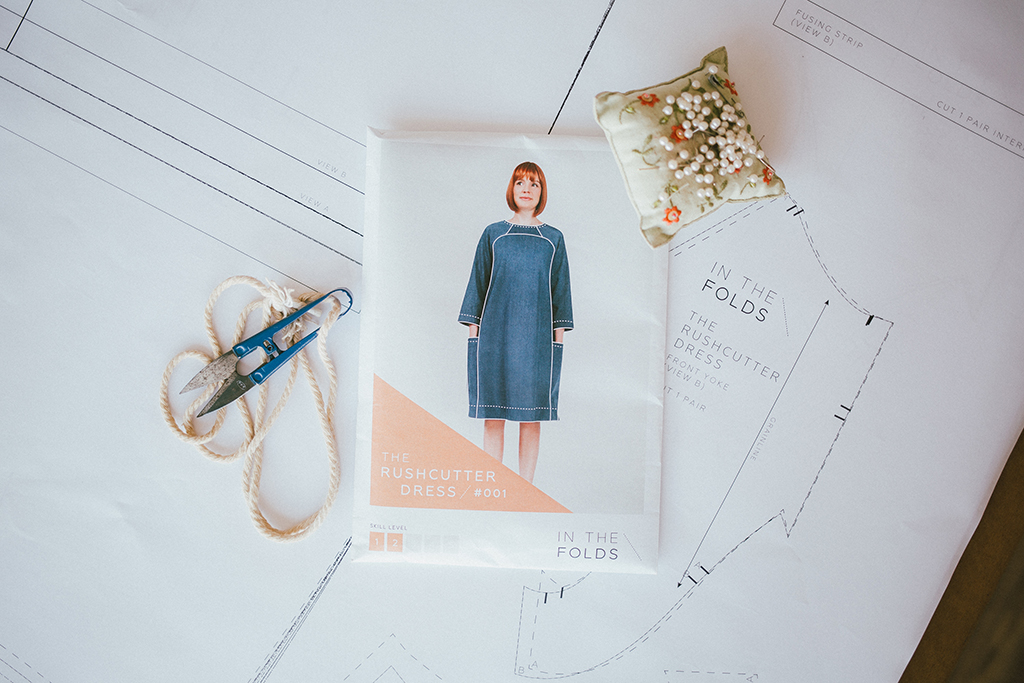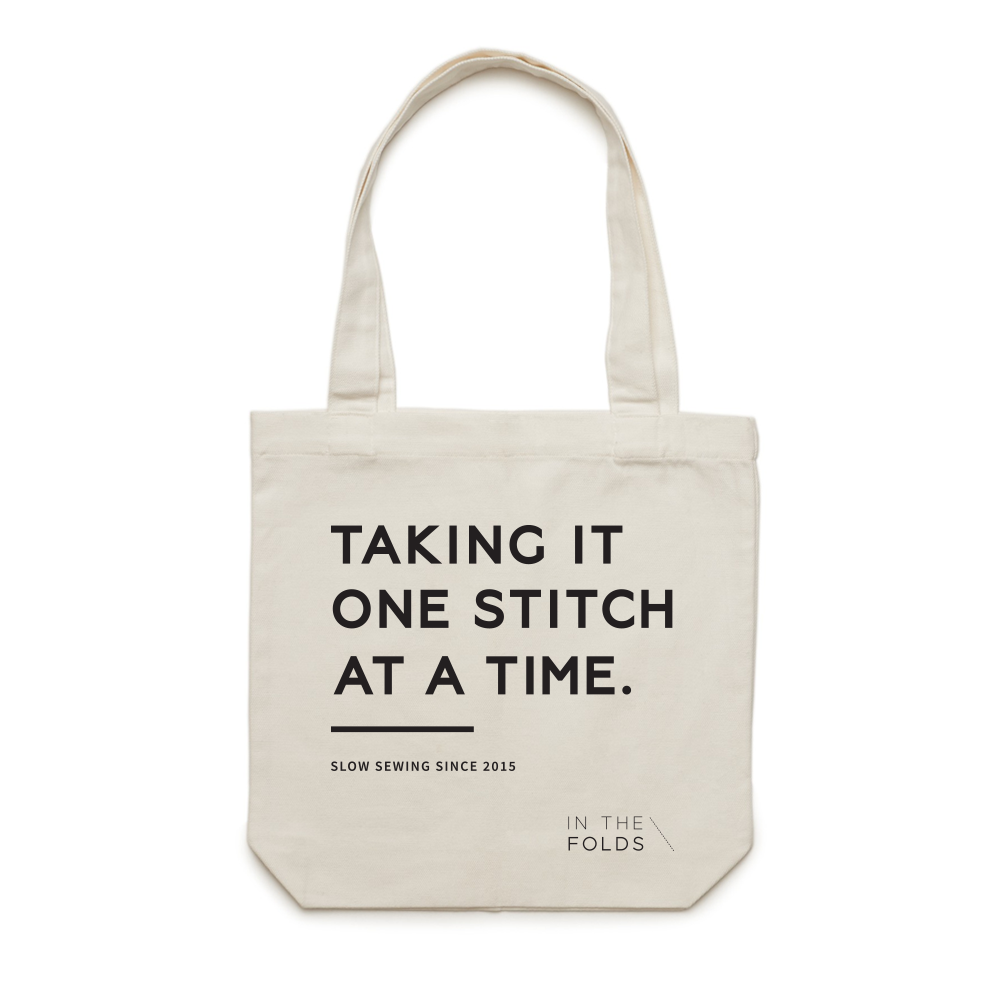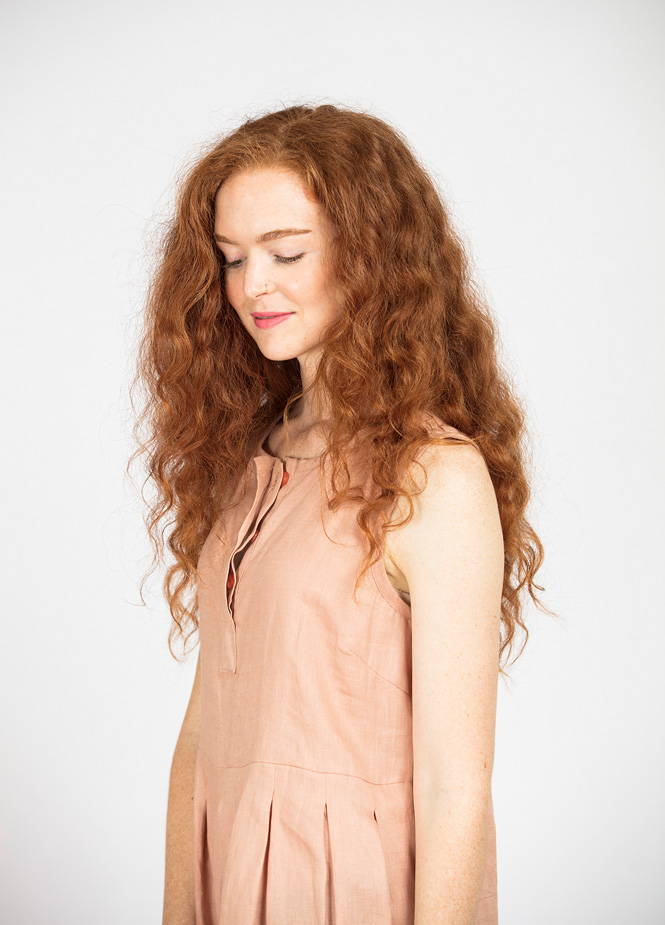Over on Instagram we’ve been reflecting on our creativity in 2024. (Check out our posts here - Emily, Leanne and Xanthe.)
One common theme we’ve noticed is a sense of disappointment with what we achieved (or more to the point, didn’t achieve) in our personal creative journeys.
We all lead full and very busy lives. And while it’s easy to say that we just need to ‘adjust’ our priorities to make room for our creative pursuits, the truth is that it’s often easier said than done. There’s bills to pay, kids to feed, washing to do… You know what we’re talking about, right!?
So we thought it would be helpful at the start of the year to share some tips for making room in our lives to sew when time is short.
HOW TO MAKE TIME TO SEW WHEN TIME IS LIMITED
Here’s 7 tips we’ve put together to help you make time in your busy schedule for this creative pursuit you love - sewing!
Not necessarily every tip will be applicable for you and your life. We recommend reading through and choosing those that are easy for you to do straight away. Implementing just a couple of things quickly will be more effective than having grand ideas about implementing all of them and not actually following through with any.
Have your space set up and ready to go
We know this one isn’t an option for everyone (if this is you skip to step 2!), but if you can keep your space set up this will encourage you to sew when you don't have a lot of time to spare. Make sure to tidy up at the end of each session so that it's always ready to go!
Time how long it takes to get your sewing space set up
If you can’t have your sewing space set up at all times, time how long it takes you to set it up. You might realise that it takes a lot less time than you think. Knowing it only takes a couple of minutes, may reduce the barrier / resistance you feel when you’re not sure if you have the time or energy to sew.
If you don’t like how long it takes you to set up, consider things you could do to reduce that time. For example, can you:
Create a sewing ‘go bag’ that includes all the basic sewing tools you need? Then when you have a spare 15 minutes you just need to whip that out with your sewing machine and get going.
Store your equipment in a way so that all the regularly used items are at the front of the cupboard so you can quickly grab them out and get to work.
Keep your sewing machine plugged into a power point (switched off at the wall, of course!) inside the cupboard it’s stored in so all you need to do is pull it out, take off the cover and turn it on? (You might need an extension cord for this one!)
Have a number of projects on the go at different stages, so if you only have a few minutes you could do the hand-stitching that needs doing, or that final hem, or making a start on cutting out or tracing off a pattern piece.
Try sewing in small pockets of time
Try sewing in 10-15 minute bursts. If you're working from home, this might mean sewing for a few minutes of your lunch break. It could mean sewing for 15 minutes before you leave for work.
You’ll be amazed at how much you can achieve over the course of a week. Not to mention how taking 10-15 minutes for yourself like this can make you feel throughout the day.
Sew instead of scroll
A lot of us are guilty of this one (we know we are!) - saying you don't have time to sew, but spending way too much time looking at other people sewing on Instagram!
Consider taking some social-media-free time and using that time to sew. Or, set a timer for your daily scroll, and when it goes off, get your sewing machine out and sew for the same amount of time.
We think social media scrolling can also be a sign of lost motivation. If that rings a bell for you, this post we wrote about finding your sewing motivation may be helpful.
Use project bags
Project bags keep everything organised so that when you do have time to sew, it's all ready to go! To make a project bag you don't need anything fancy - just something that works for you. It could be a clear bag with a zip, or something that can hang in your wardrobe or store in a drawer. Sew your own with our Organise your space project bag, originally shared in Issue 17 of Curated by ITF.
When preparing your project bag, it's great to have the pattern instructions in there (if you normally print these) and any required notions and thread.
Have supplies ready
It can be a good idea to have a supply of neutral coloured zips and thread on hand for when you need them. You can often use a different length zip than what the pattern calls for - just make sure you will be able to get the garment on and off. You can also shorten zips that are too long.
Finally, consider what it is specifically that’s preventing you from diving into this creative pursuit you love.
If it’s a skill that you feel you’re missing or you’re stuck at a particular point in a project, you can always drop us a line!
A couple of times a month we answer sewing questions from our followers in our Q&A posts. You can check out all the questions we’ve answered so far here. And if you can’t find an answer to your question, leave it with us here and we’ll see what we can do!
We’d love to know how you find time to sew in your busy life? Share your thoughts and tips in the comments.
Happy sewing!
Emily












